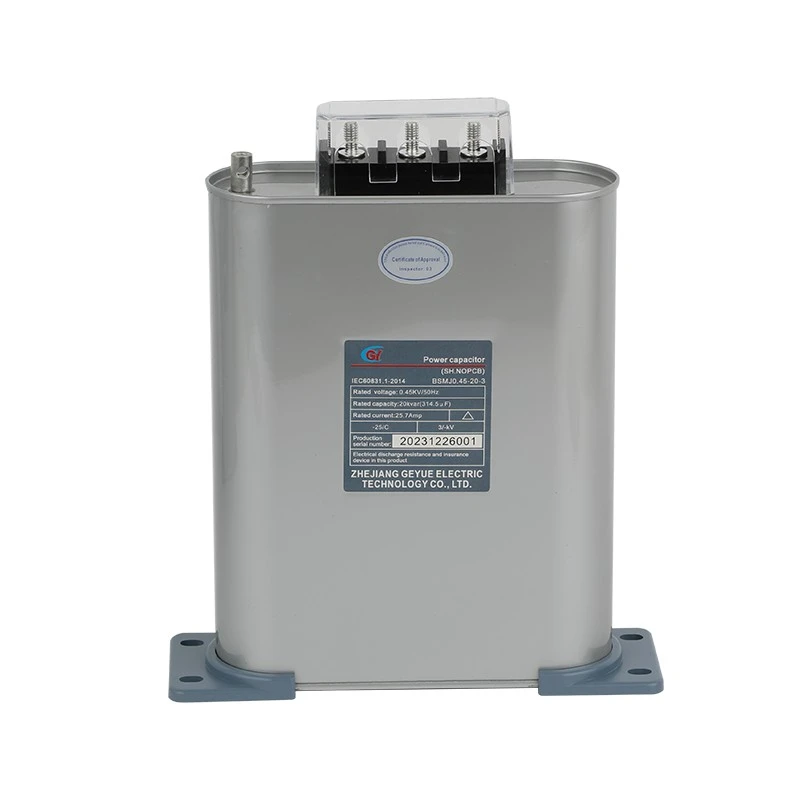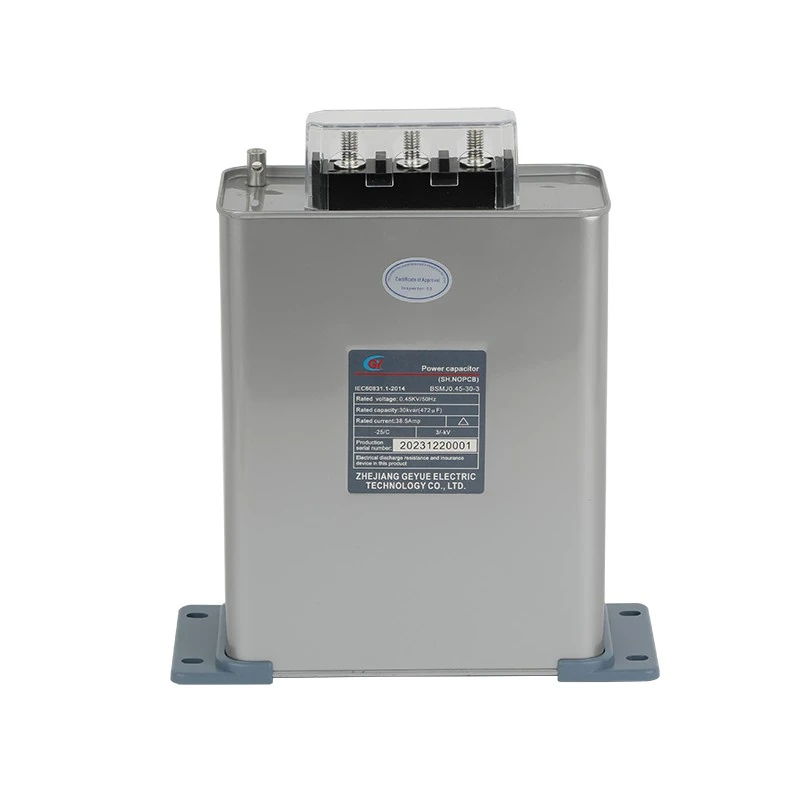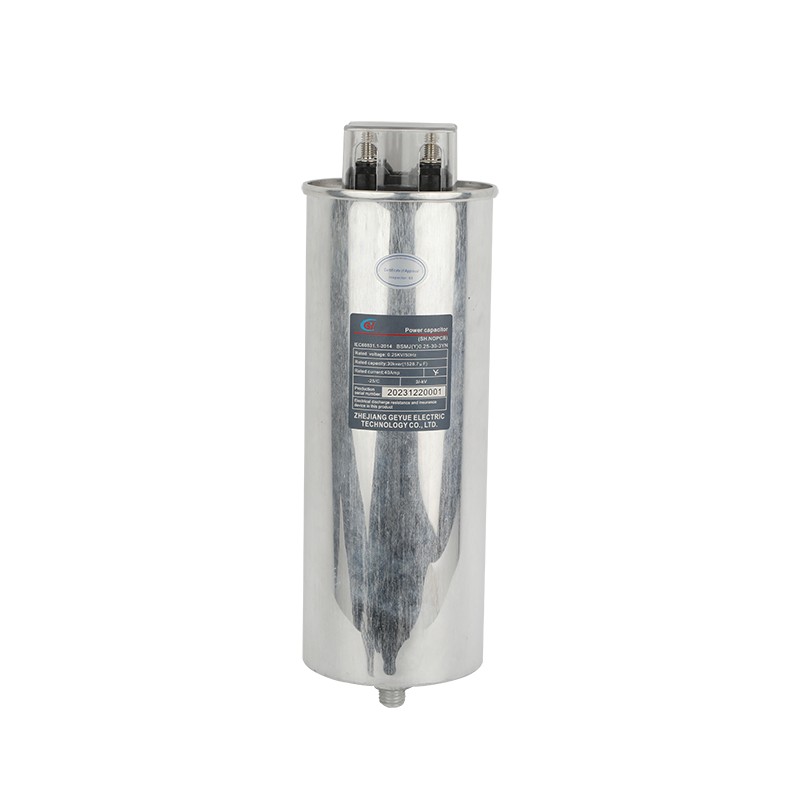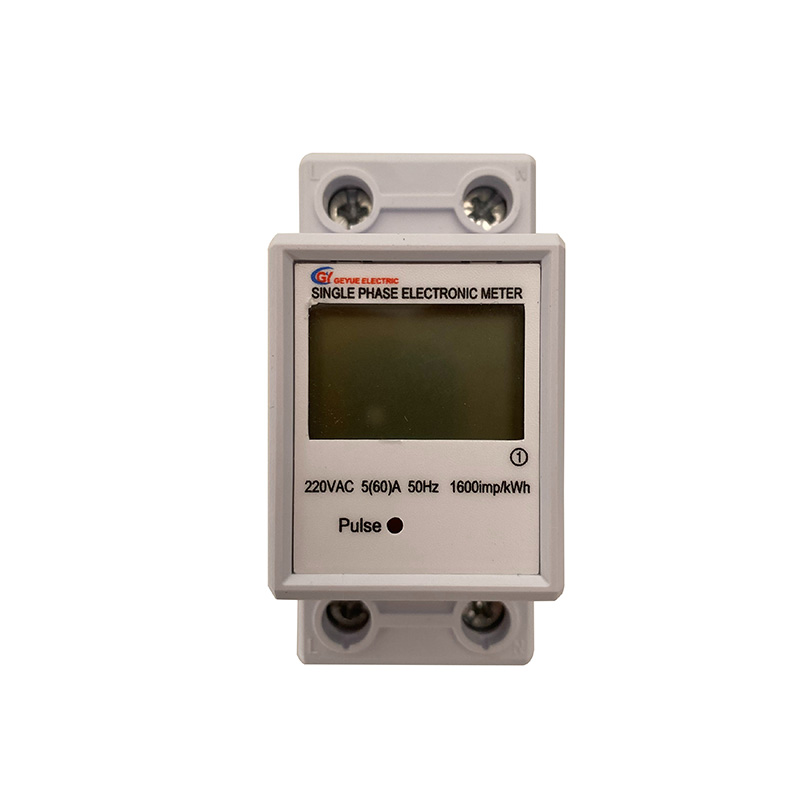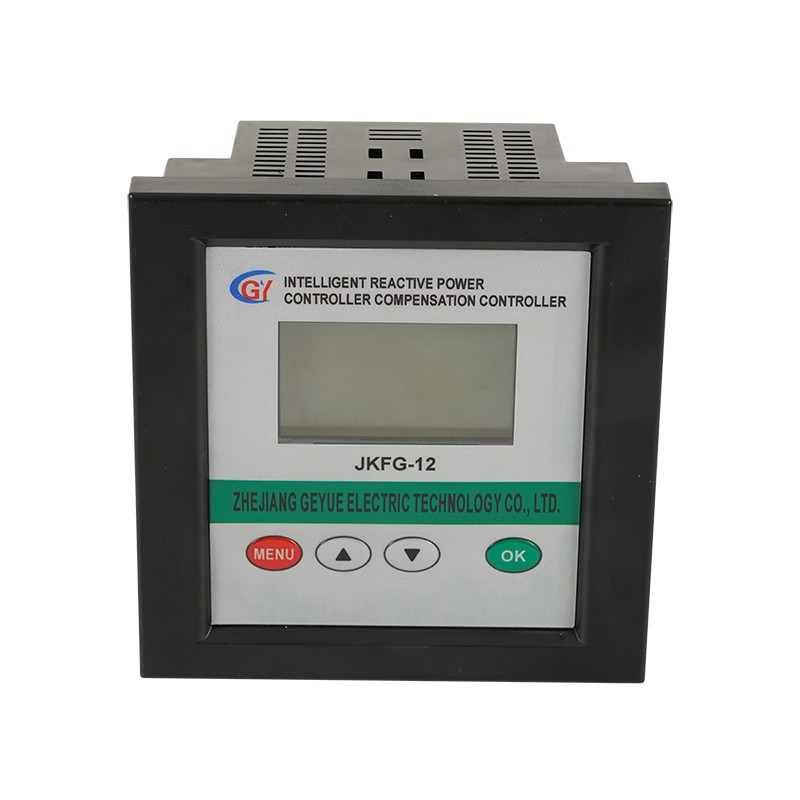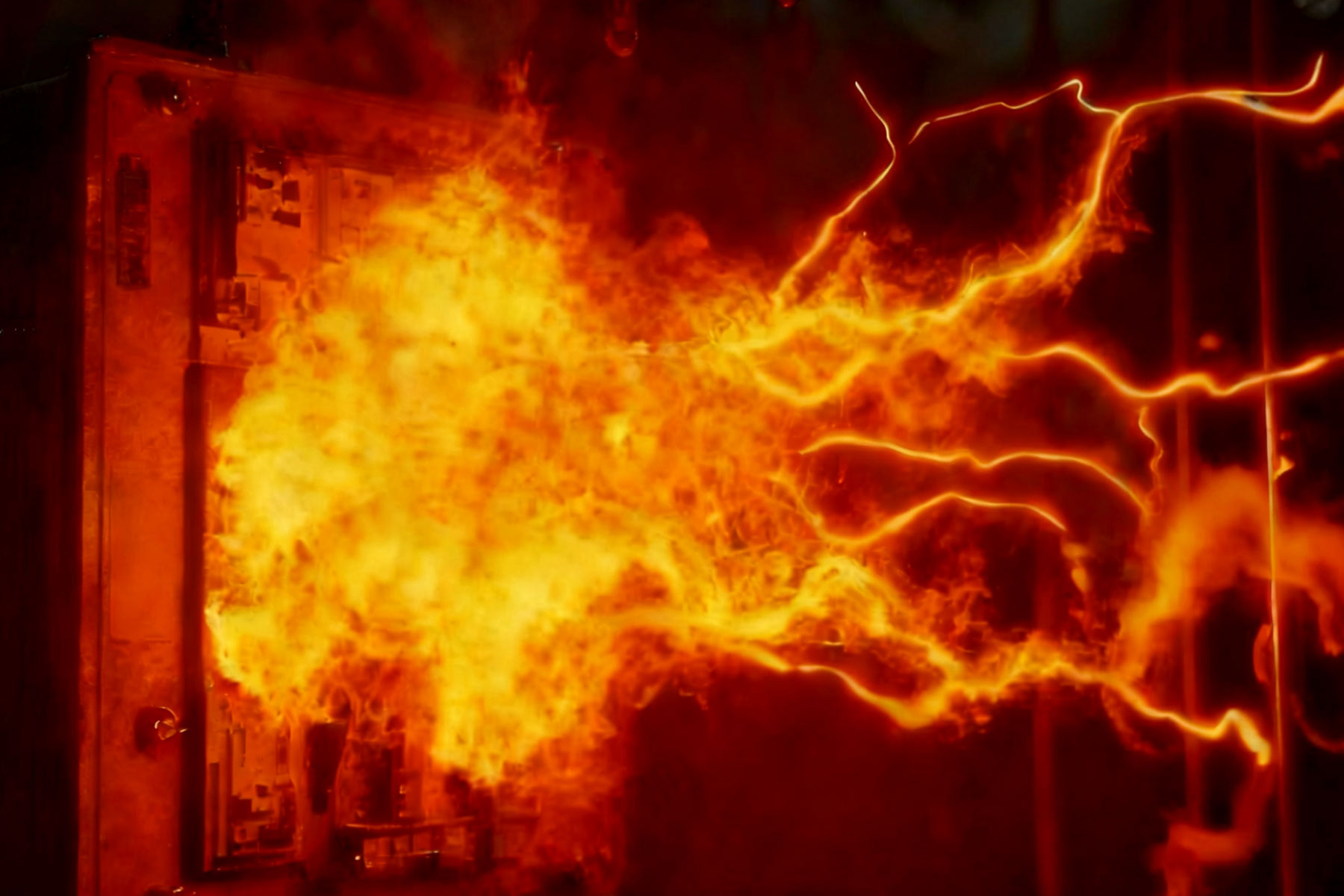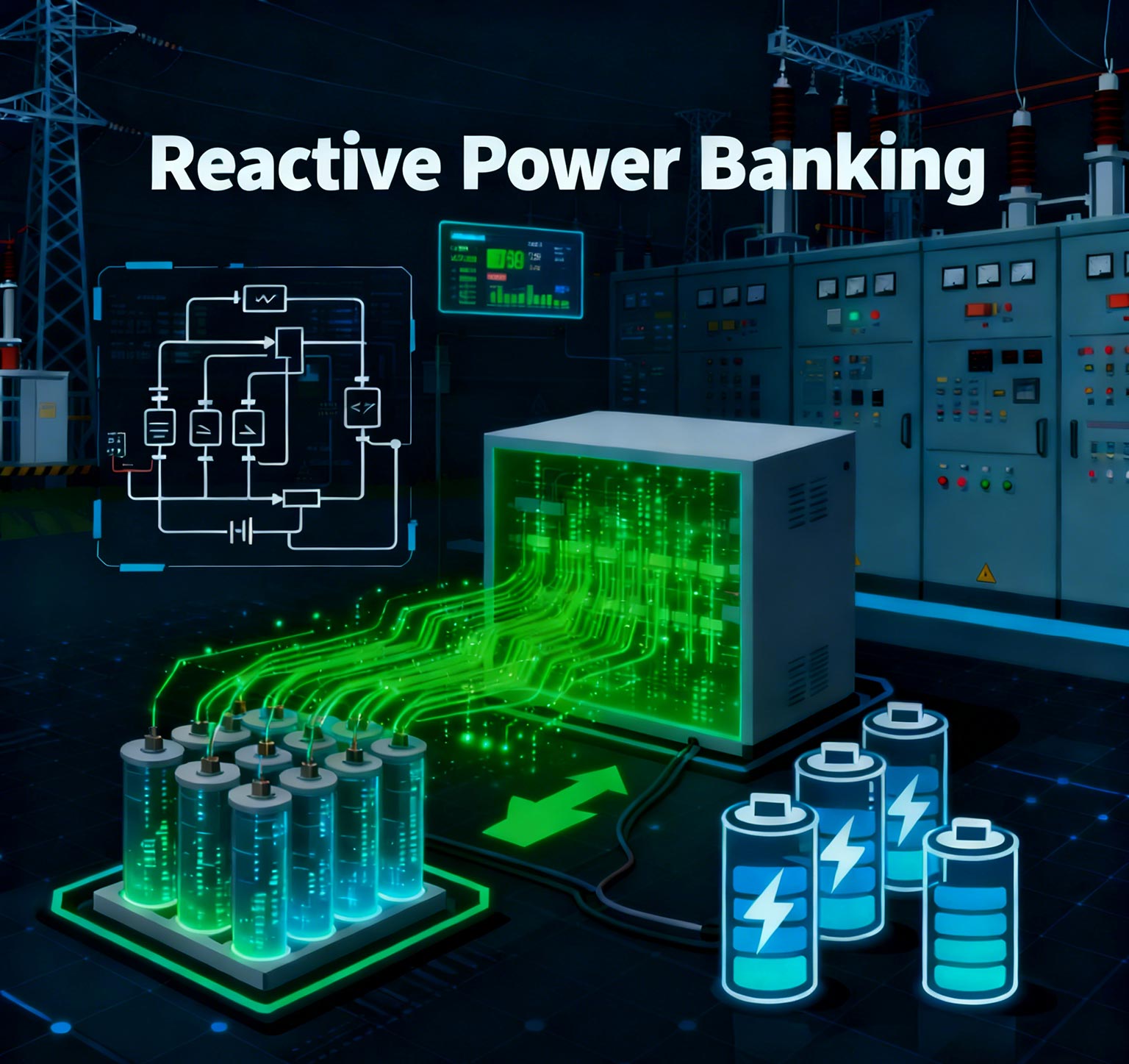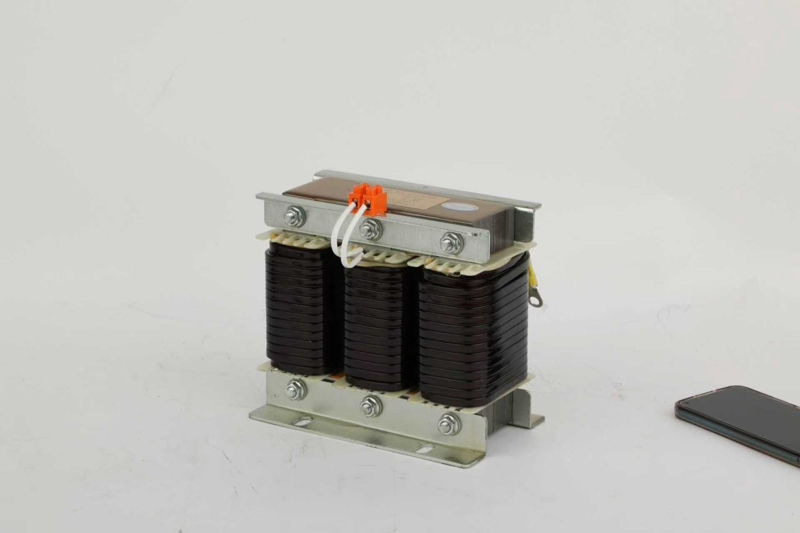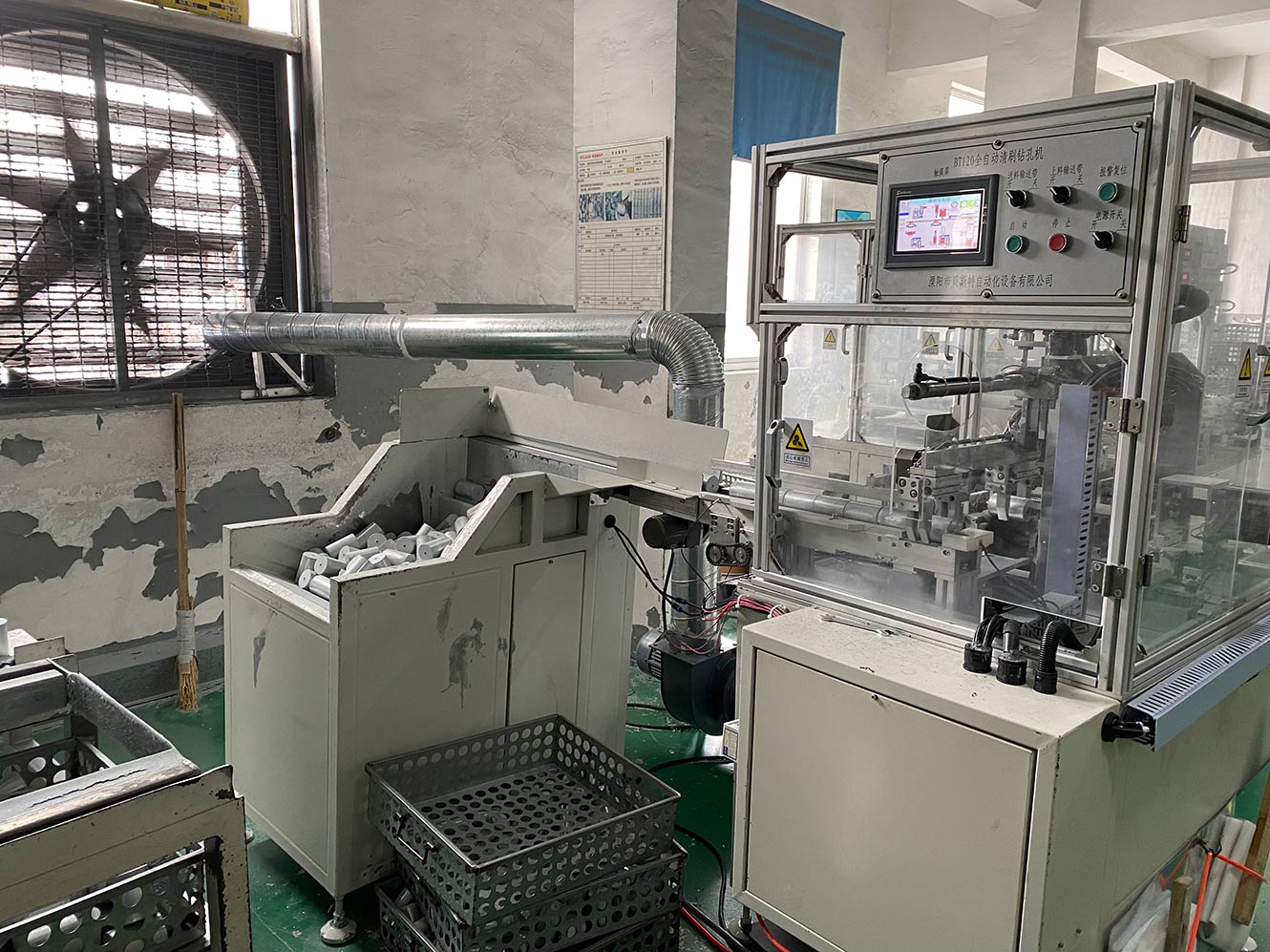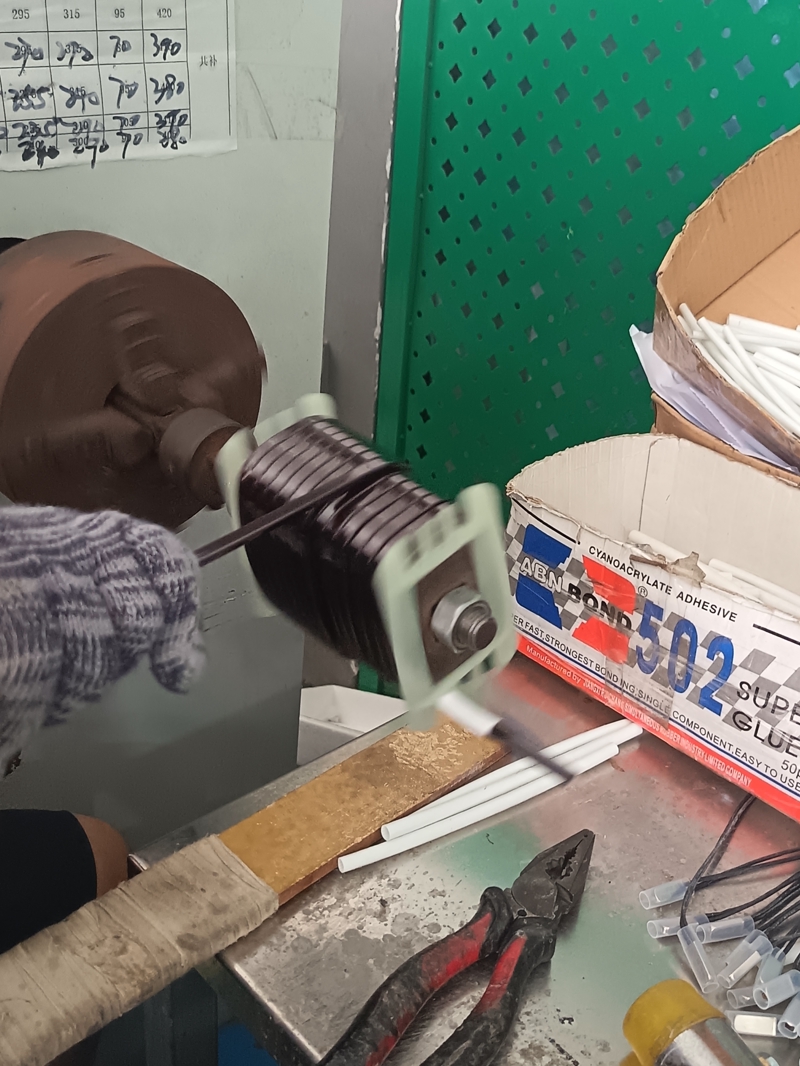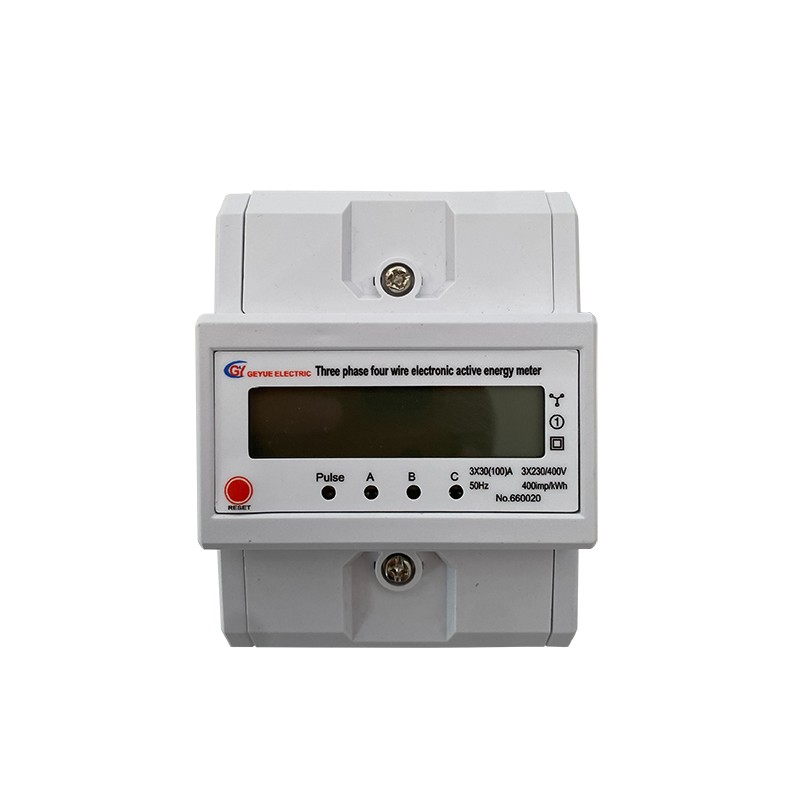Stability and Protection of Power System
2025-03-04
1. Stability of the power system
Static stability: refers to the ability of the power system to automatically recover to its original operating state after being subjected to small disturbances. For example, the generator maintains voltage stability by adjusting the excitation current during load fluctuations.
Dynamic stability: refers to the ability of the power system to transition to a new stable state or restore its original state after being subjected to large disturbances (such as short circuits). Dynamic stability relies on the rapid action of protective devices.
2. Power system protection
Main protection: In the event of a short circuit fault, the main protection first acts to quickly cut off the faulty equipment to ensure system stability and equipment safety.
Backup protection: When the main protection or circuit breaker refuses to operate, the backup protection serves as the second line of defense to ensure that the fault is cut off.
Auxiliary protection: Supplementing the deficiencies of primary and backup protection, usually used in specific scenarios such as overvoltage protection.
3. Parallel operation of generators
The parallel operation of generators requires three conditions: equal voltage, consistent phase, and equal frequency. If the conditions are not met, it may cause excessive surge current and damage the equipment.
4. Handling of power system accidents
Precautions for strong power transmission: After the equipment trips, check for short circuits to avoid asynchronous closing.
Principle of accident handling: prioritize ensuring the power supply for the factory, quickly limit the development of accidents, and restore power supply to users.
Related News
- Can Cylinder Self-healing Shunt Capacitor Become the Ideal Choice for the Smart Grid Era?
- Apart from Saving Electricity Costs, What Value does Low-Voltage Reactive Power Compensation Bring to Enterprises?
- How does the Temperature Dependence of a Capacitor's Capacitance Value affect the Tuning Point of a Detuned Filter Circuit?
- Is There a Non-Invasive Way to Monitor the Internal Health of Power Capacitors, Such as Their Equivalent Series Resistance (ESR)?
- What Is the Concept of "Reactive Power Banking" or "Reactive Power Dispatch" in a Smart Grid Context?
- What Are the Recycling and Disposal Plans for Self-Healing Shunt Capacitors after the End of Their Life Cycle?
New Products

